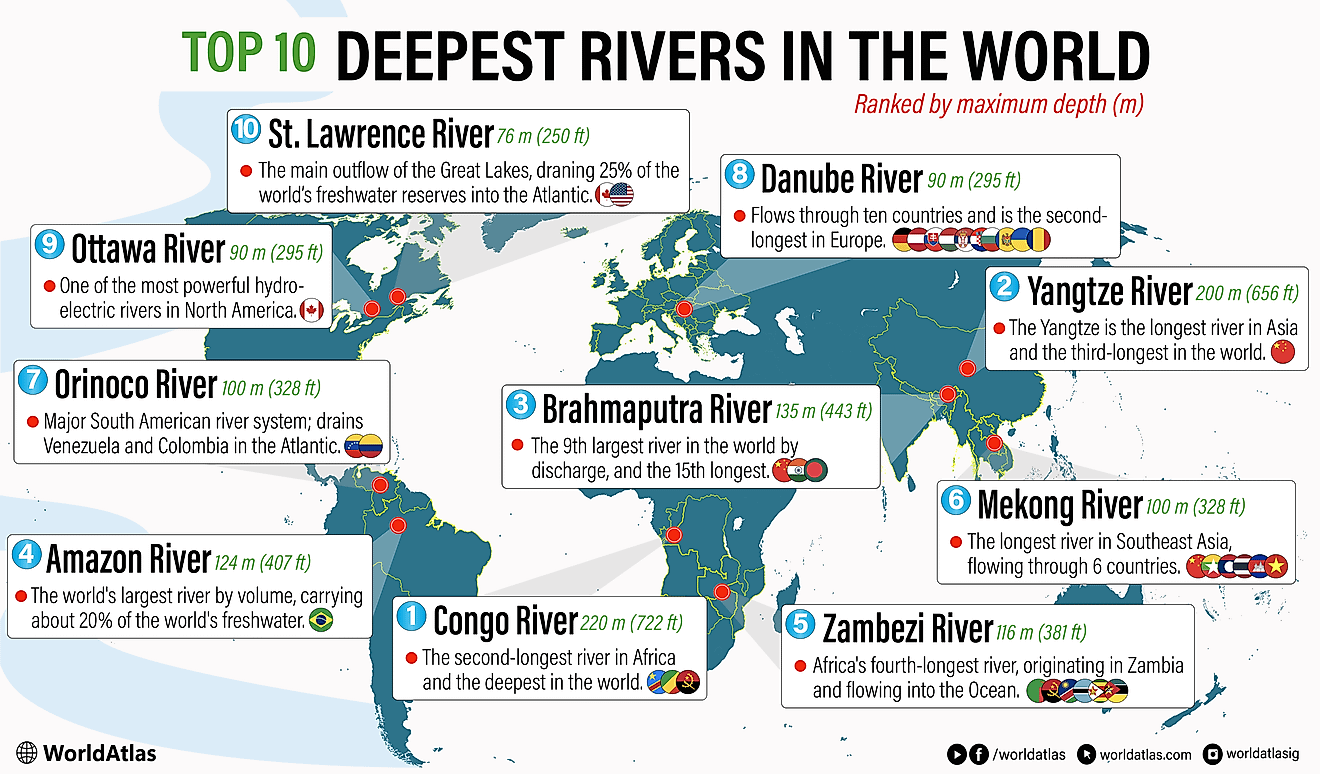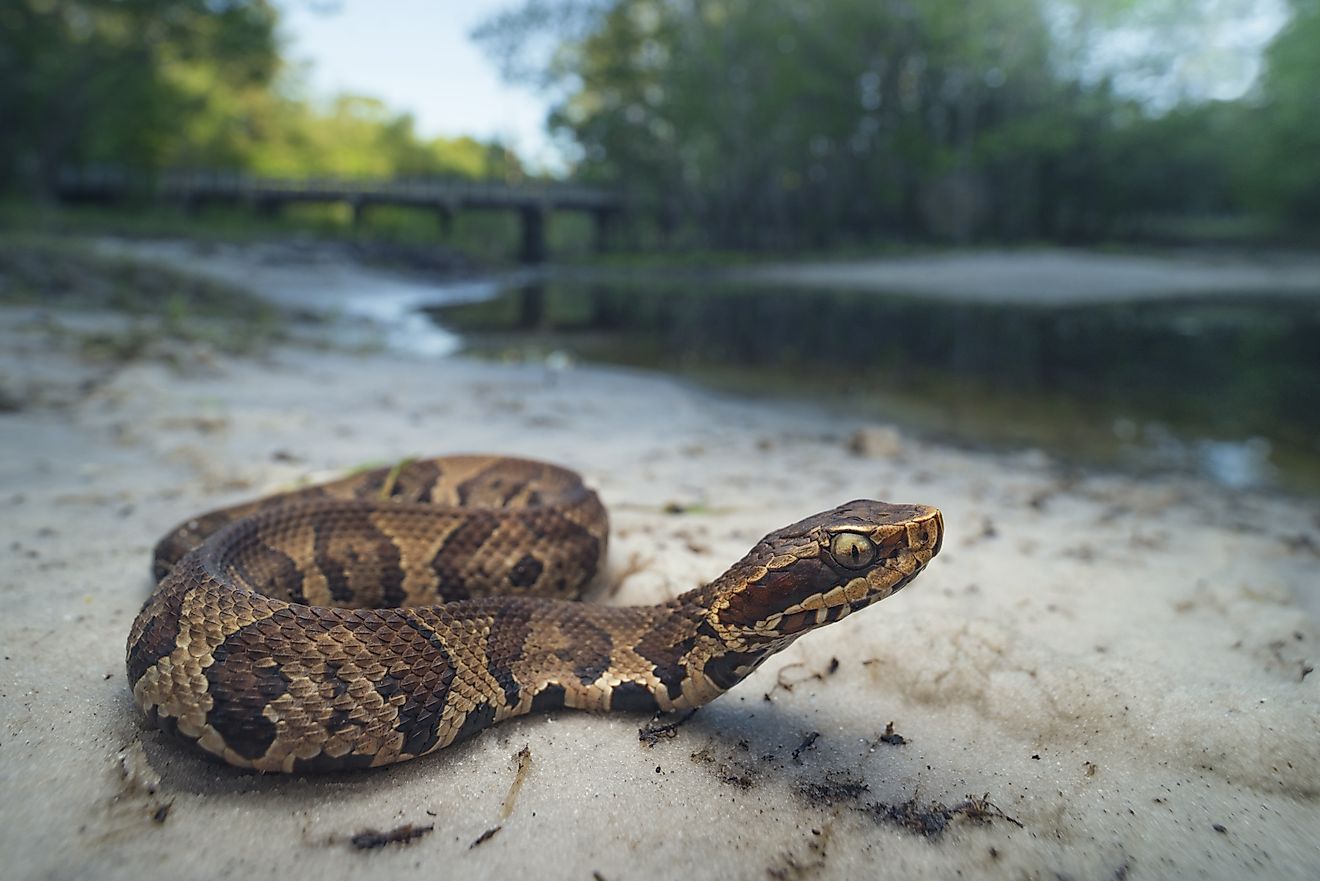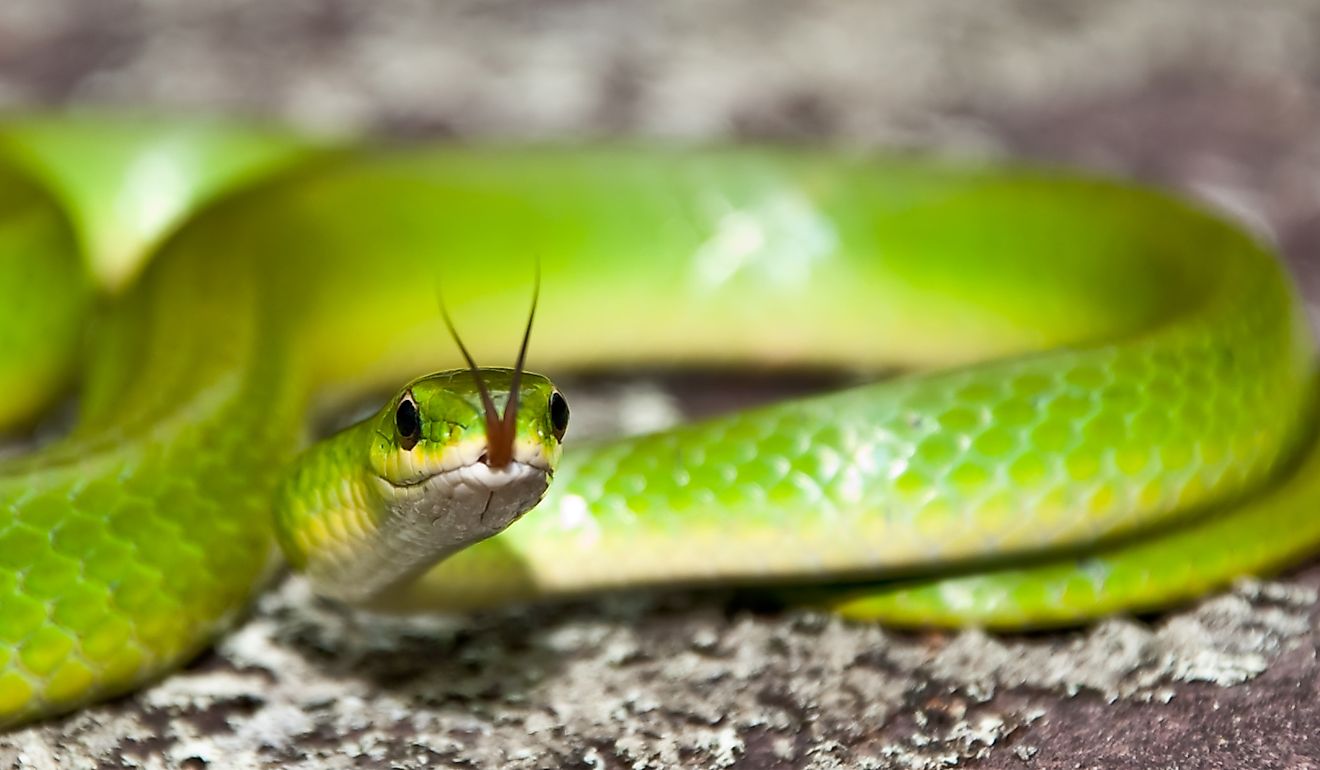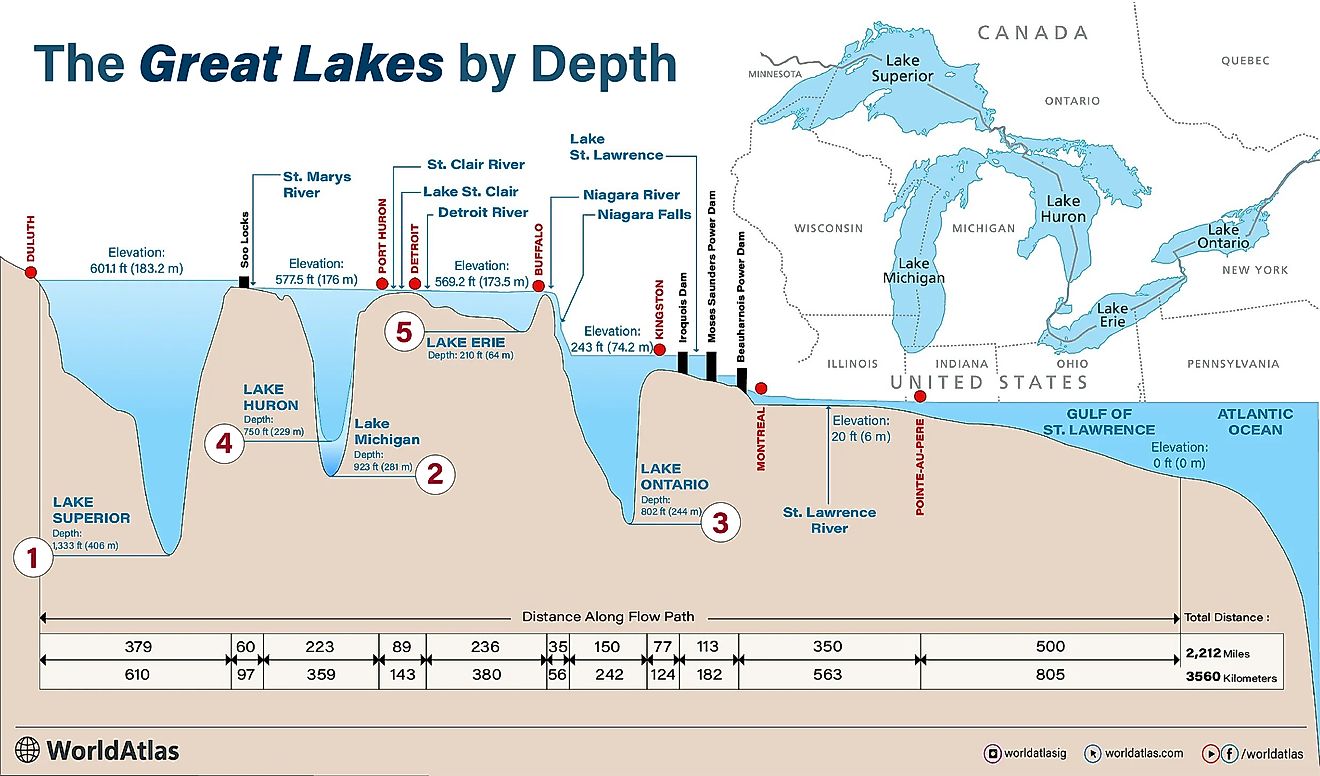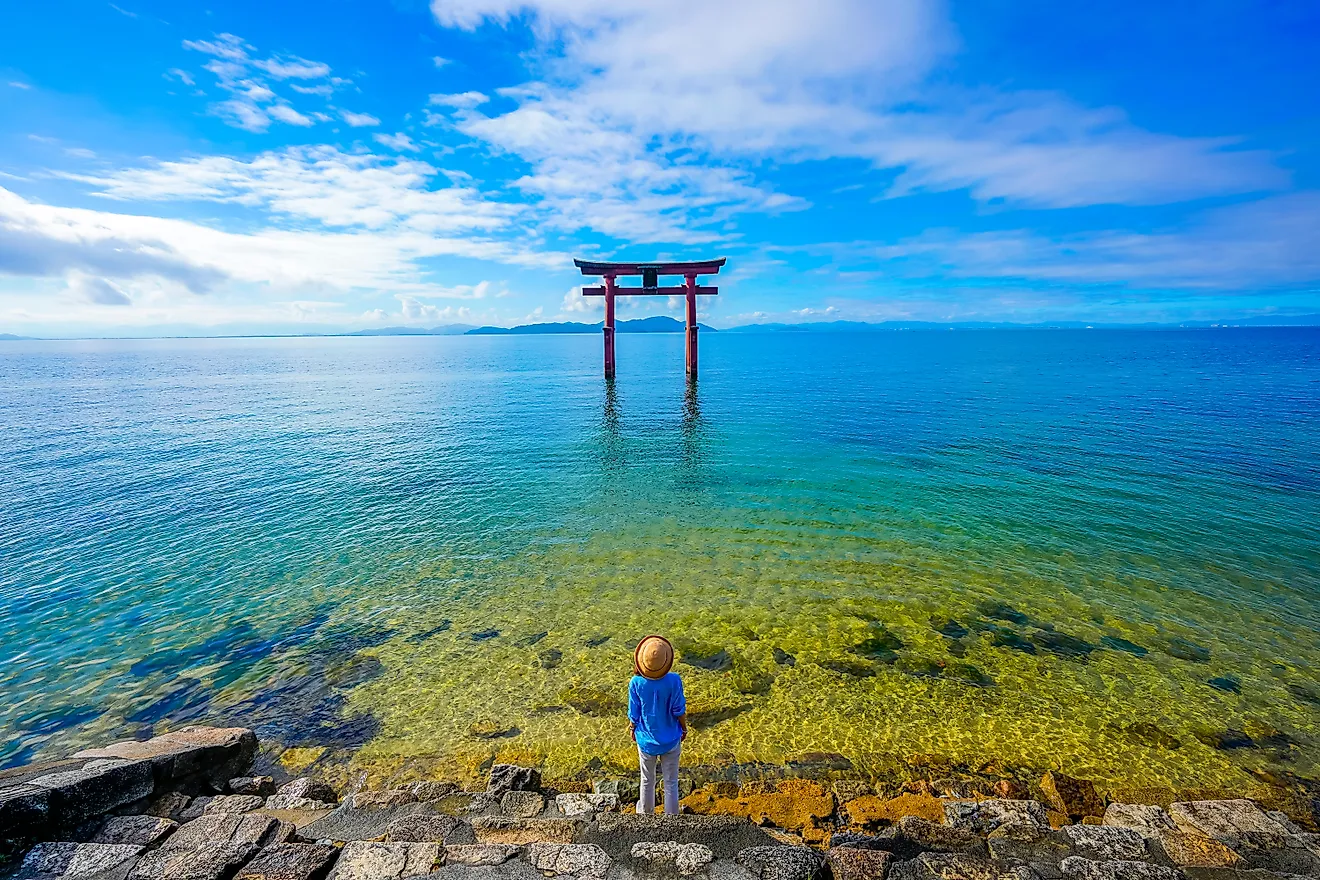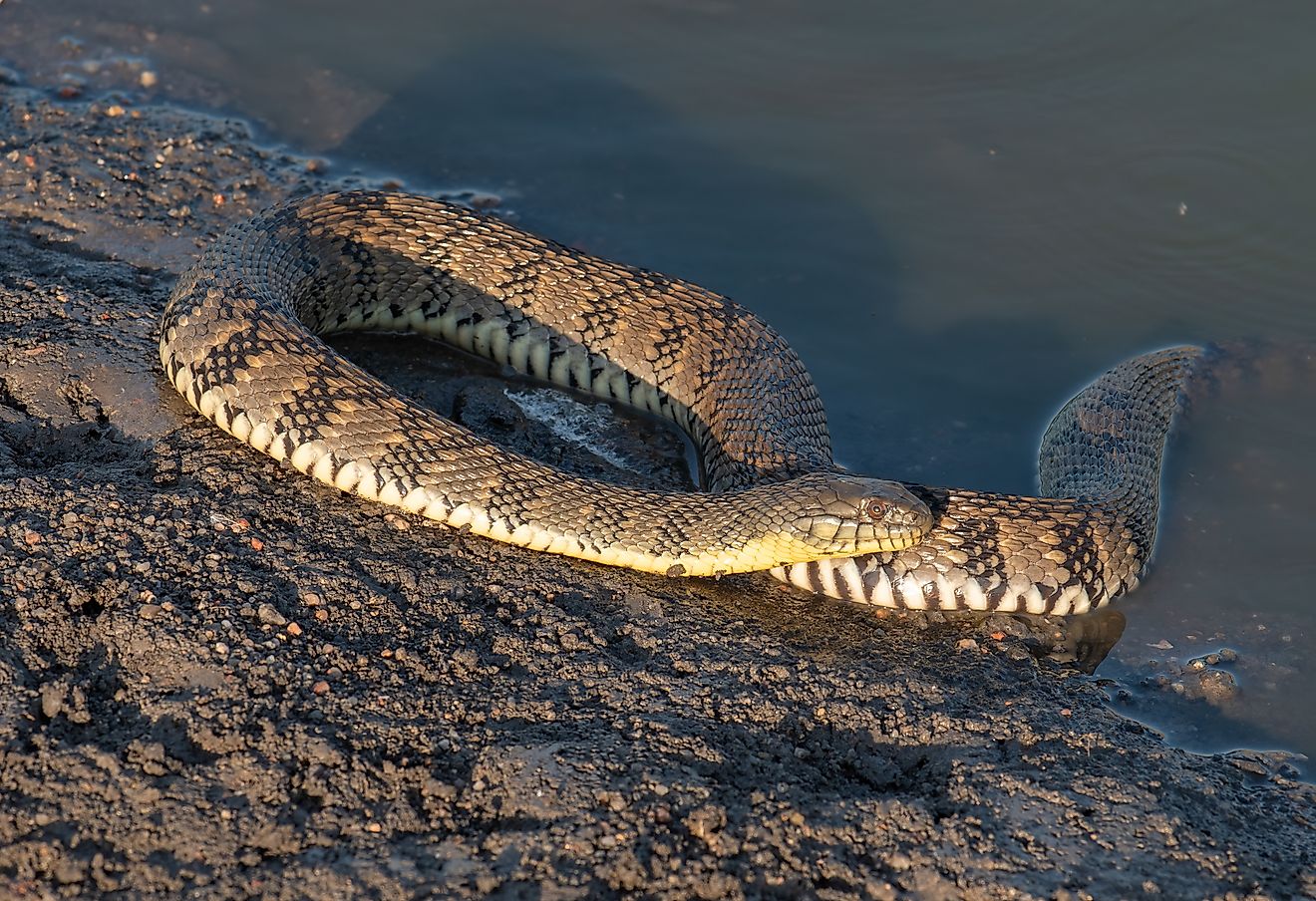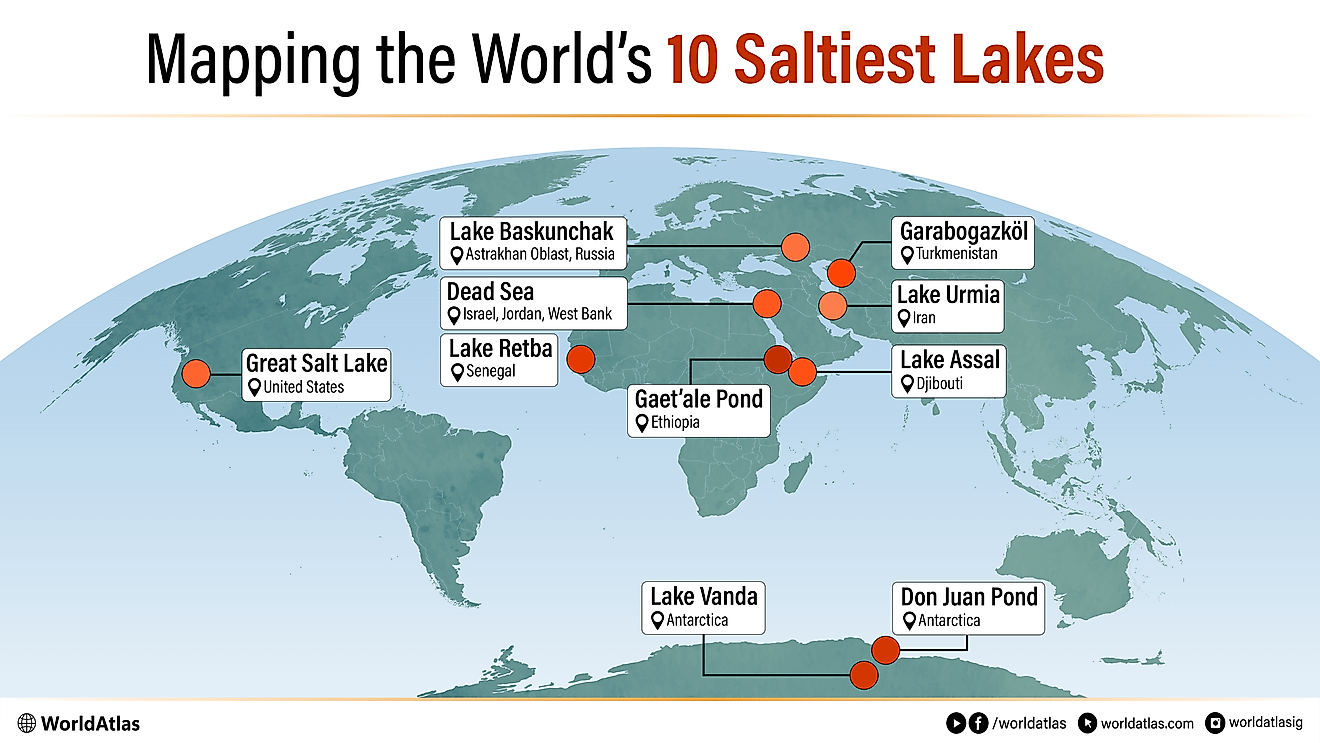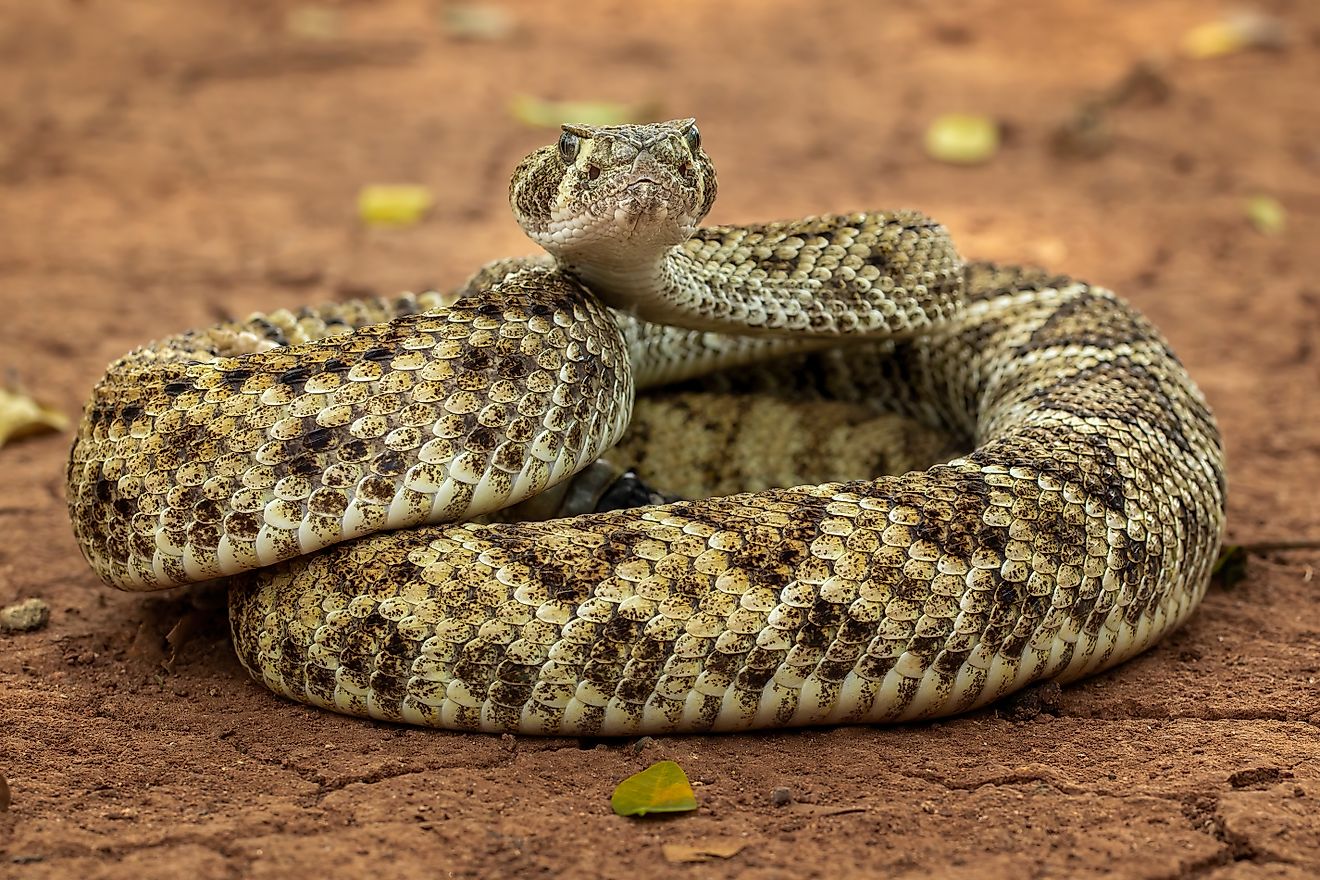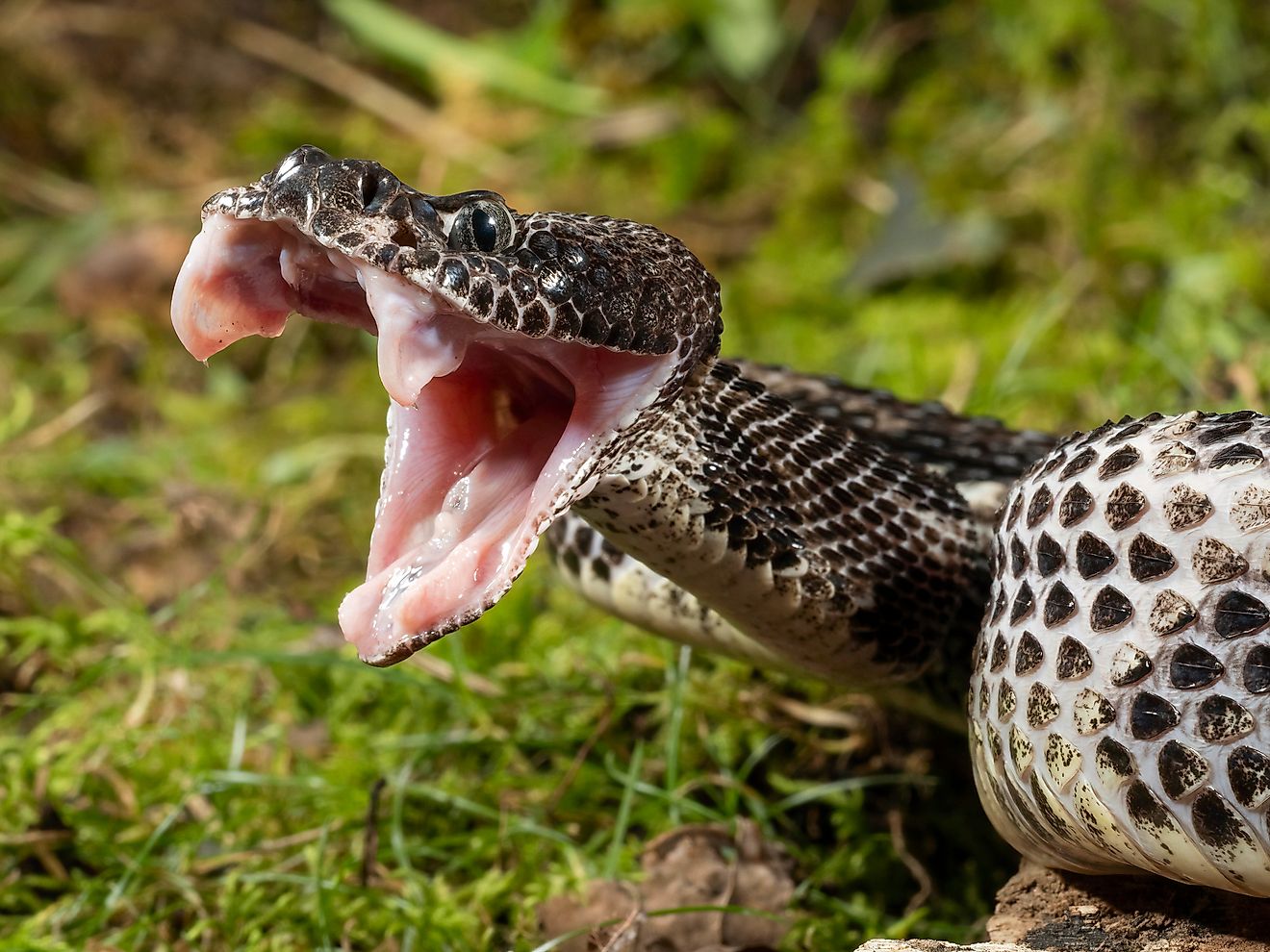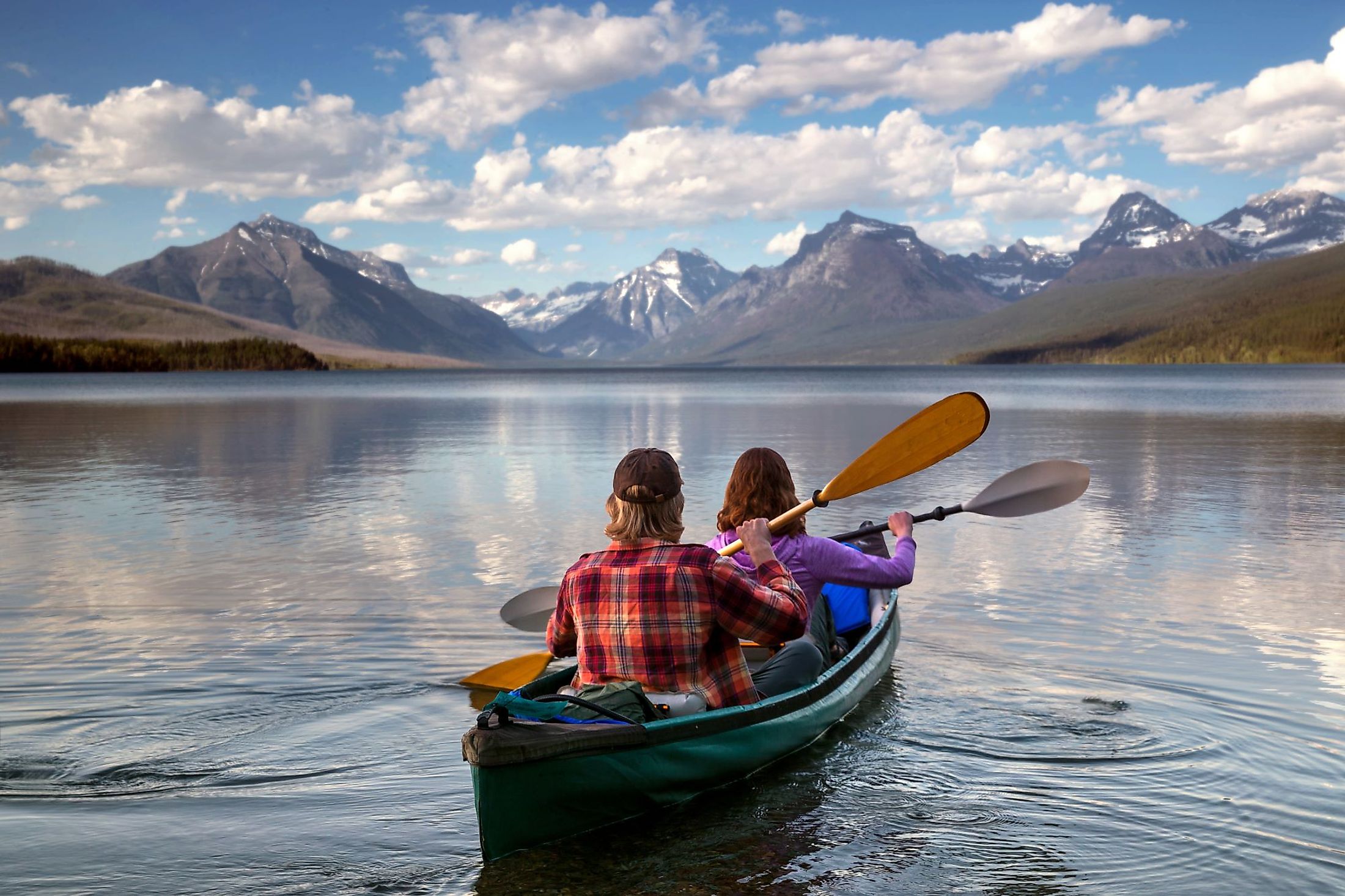
9 Most Beautiful Lakes In Montana
Montana is one of the most beautiful mountain states in the northwestern United States. The state’s rugged terrain, majestic mountain ranges, great plains, numerous water bodies, and vast natural areas make it an attractive destination for outdoor lovers. Moreover, the Big Sky Country is also famous for its 3,000 named lakes and reservoirs. These crystal-clear water bodies are known for offering picturesque views and an array of recreational activities that visitors can enjoy with their friends and families throughout the year.
Flathead Lake
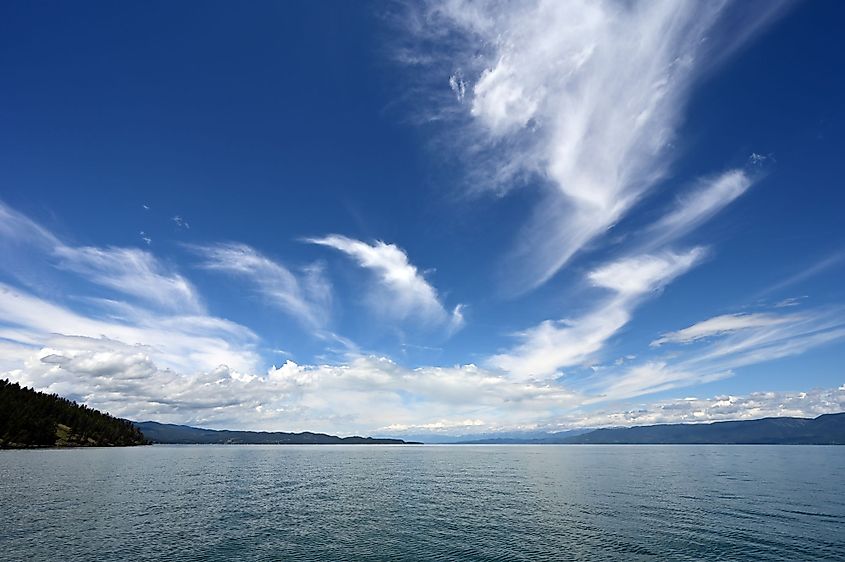
Flathead Lake is an expansive natural freshwater lake located along the main channel of the Flathead River at Montana’s northwestern corner. Covering a surface area of 197 square miles, this moraine-dammed lake has a length of about 27.3 miles and a maximum width of 15.5 miles. Bordered by the Mission Mountains on the eastern side and the Salish Mountains on the west, the Flathead Lake reaches an average depth of 164.7 ft and a maximum of 370.7 ft. There are also several islands in the lake, of which the 2,164-acre Wild Horse Island is the biggest.
One of the world’s cleanest lakes and placed approximately 30 miles southwest of Glacier National Park, Flathead Lake is flanked by two scenic highways: the U.S. Route 93 on the west and Montana Highway 35 on the east. A remnant of the large Lake Missoula, the lake receives major inflows from the Flathead and Swan Rivers. Various fish species like bull trout, lake trout, lake whitefish, cutthroat trout, and yellow perch are found in the lake waters. The Kerr Dam at the lake’s southern end provides water for irrigation and hydroelectric power generation.
Seeley Lake
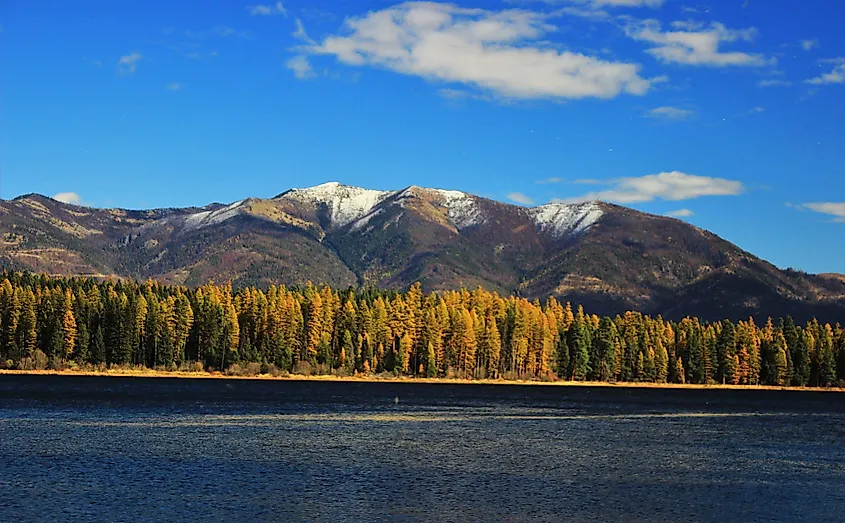
Located in western Montana’s Missoula County, Seeley Lake is a 1,031.5-acre glacial lake that reaches a maximum depth of 125ft. The lake sits centrally in the Clearwater River Valley, bounded by the Swan Range in the east and Mission Mountains in the west. Located along Montana Highway 83 (Glacier Pathway), one of the state’s most scenic drives, the lake links the communities of the Seeley-Swan Valley and serves as a gateway to Yellowstone and Glacier National Parks.
Seeley Lake supports a variety of fish species, including Mountain whitefish, bull trout, yellow perch, kokanee salmon, cutthroat trout, largemouth bass, rainbow trout, northern pike, etc. Besides the water-based recreational activities, there are also numerous scenic trails to enjoy around Seeley Lake. Of all the lakes in the Clearwater River Valley, Seeley Lake is the easiest to access and has therefore witnessed the maximum development along much of its shoreline.
Holland Lake
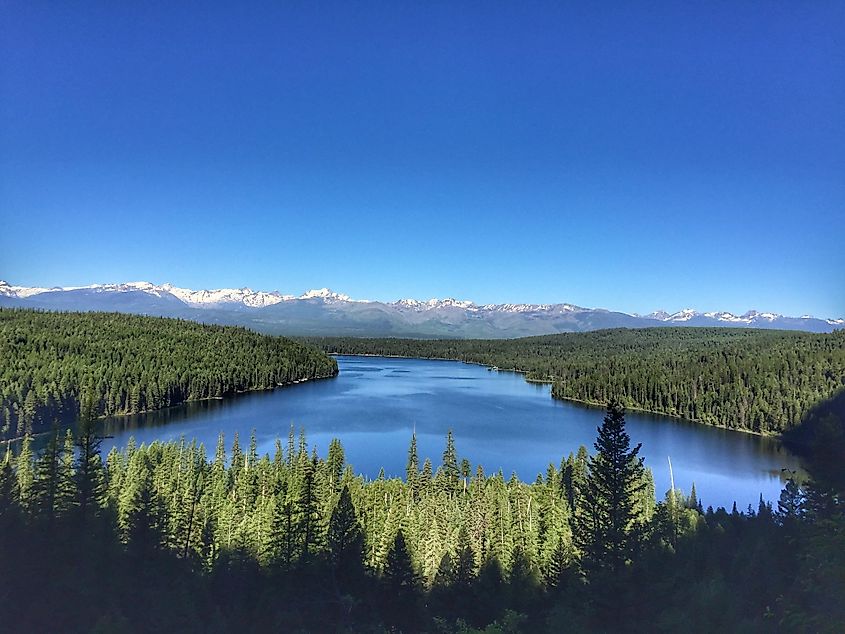
The 413.5-acre Holland Lake is placed at the base of the magnificent Swan Range, approximately 20 miles north of Seeley Lake. The lake has a length of 1.75 miles and a maximum width of 2,500 ft. With a water volume of 24,424 acre-feet, Holland Lake reaches an average depth of 59 ft and a maximum of 156 ft. Various fish species like cutthroat trout, whitefish, rainbow trout, bull trout, kokanee salmon, largescale sucker, yellow perch, and longnose sucker are found in the lake. Forming a part of the Flathead National Forest, Holland Lake offers several recreational activities and is a perfect destination to spend a relaxing day with family and friends.
Avalanche Lake
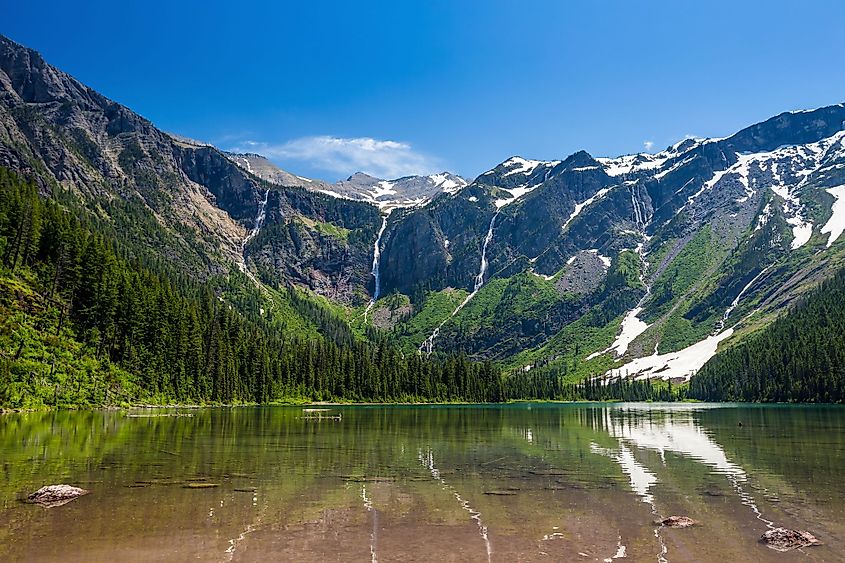
Avalanche Lake is an alpine lake situated in Glacier National Park in Montana’s Flathead County. Placed to the southwest of Bearhat Mountain, the lake has a maximum length of 0.60 miles and a width of 0.20 miles. Surrounded by rugged cliffs on three sides with several cascading waterfalls, Avalanche Lake receives its meltwater from the Sperry Glacier. The lake’s maximum depth close to its upper end was estimated to be about 63 ft at the time of the measurement in August 1910. A well-known fishing location, the lake supports a native population of Yellowstone cutthroat trout. The Avalanche Lake can be solely accessed by hiking the 4.5-mile-long Avalanche Lake Trail, which begins at the Trail of the Cedars trailhead and reaches the lake along the trail’s halfway point.
Lake McDonald
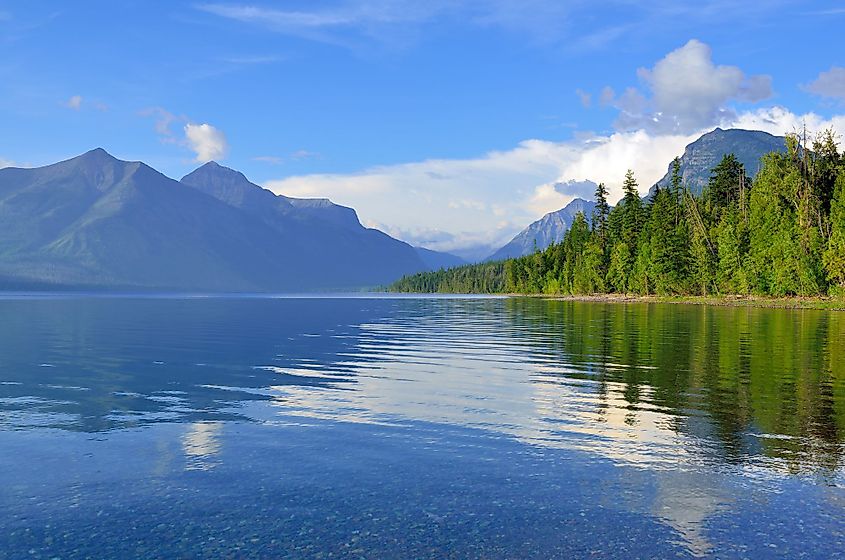
Covering a surface area of 6,823 acres, Lake McDonald is Glacier National Park’s biggest lake. Placed at an elevation of 3,153 ft on the western side of the Continental Divide, the lake fills a valley that has been formed due to erosion and glacial activities. Having a length of about 10 miles and a maximum width of 1 mile, Lake McDonald reaches a maximum depth of 472 ft. The lake receives its primary inflows from the McDonald Creek, which drains into the Middle Fork Flathead River shortly after exiting Lake McDonald.
Lake McDonald is surrounded by dense coniferous forests containing various tree species like spruce, fir, and larch. Numerous native fish species, such as westslope cutthroat trout, char, Lake Superior whitefish, sockeye salmon, mountain whitefish, rainbow trout, and suckers, are found in the lake. However, being nutrient-poor, the lake is not regarded as a significant fishing destination. Many animal species, like grizzly bears, moose, mule deer, and black bears, are observed on the lake’s northern shores. Located about 5 miles east along the Going-to-the-Sun Road is Lake McDonald Lodge, the lake’s biggest lodging facility.
Whitefish Lake
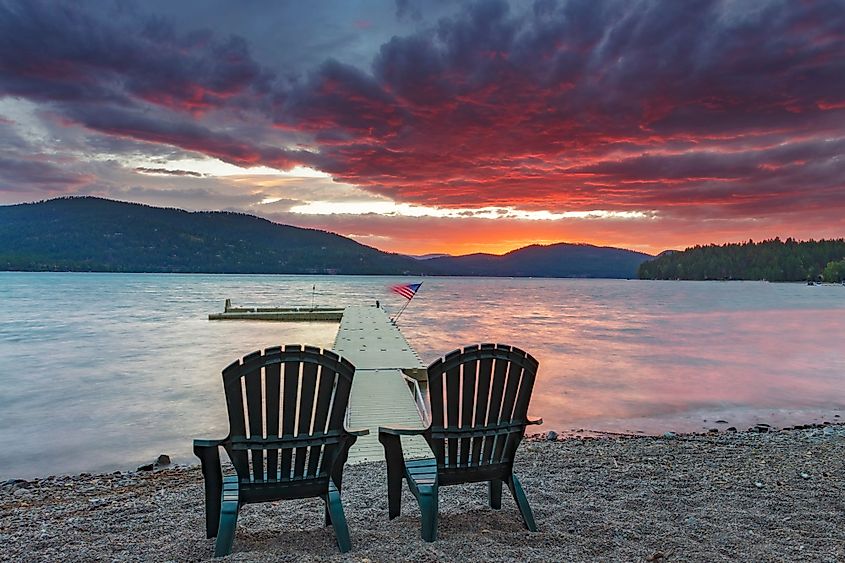
This 5.2 square mile natural oligotrophic lake is located between the Whitefish Range’s southwestern flank and the Lion Mountain’s northeastern flank in Montana’s Flathead County. Situated northwest of the city of Whitefish, the lake has a maximum length of 5.8 miles, a width of 1.4 miles, and reaches a maximum depth of 233 ft. Some significant creeks that flow into the lake include Swift Creek, Lazy Creek, Hellroaring Creek, and Beaver Creek. The lake’s outflow Whitefish River finally drains into the Flathead River, about 1 mile east of Kalispell.
Named for supporting a large number of mountain whitefish, the lake is also home to several fish species, such as largescale sucker, northern pikeminnow, peamouth chub, fathead minnow, slimy sculpin, longnose sucker, redside shiner, mottled sculpin, and shorthead sculpin. Some non-native fish species like bull trout, westslope cutthroat trout, rainbow trout, brook trout, and lake whitefish are also found here. The Whitefish Lake State Park and the Whitefish City Beach offer ample recreational opportunities, such as fishing, boating, camping, kayaking, water-skiing, and swimming.
Hebgen Lake
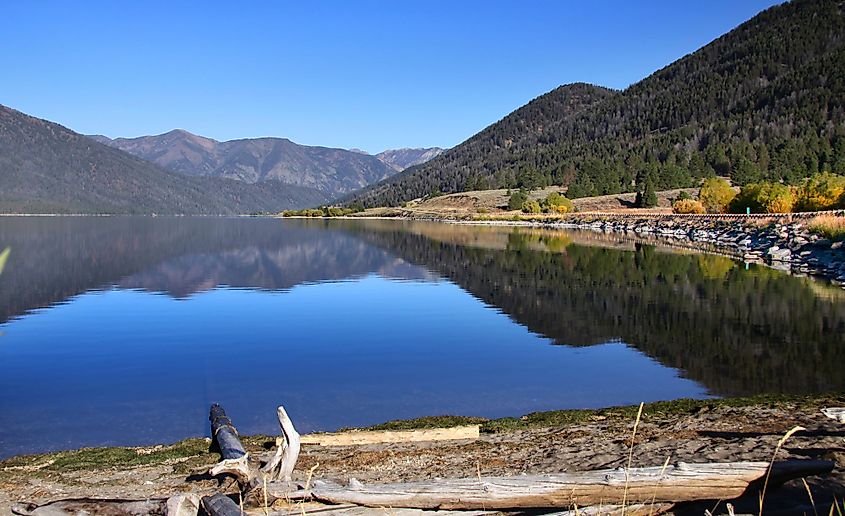
Hebgen Lake is an artificial lake created by the construction of Hebgen Dam on the Madison River in southwestern Montana’s Gallatin County. Located northwest of Yellowstone National Park, the lake covers a surface area of 12,563 acres and is about 15 miles long and 4 miles wide. With a water volume of 386,200 acre-ft, the lake reaches a maximum depth of 70 ft.
The lake area is well-known for the 1959 Hebgen Lake earthquake, which created the downstream Quake Lake. Currently, Hebgen Lake and its surrounding area offer several recreational opportunities like hiking, boating, camping, and wildlife watching. The lake is famous for its dry fly fishing during the summer months of July, August, and September.
Saint Mary Lake
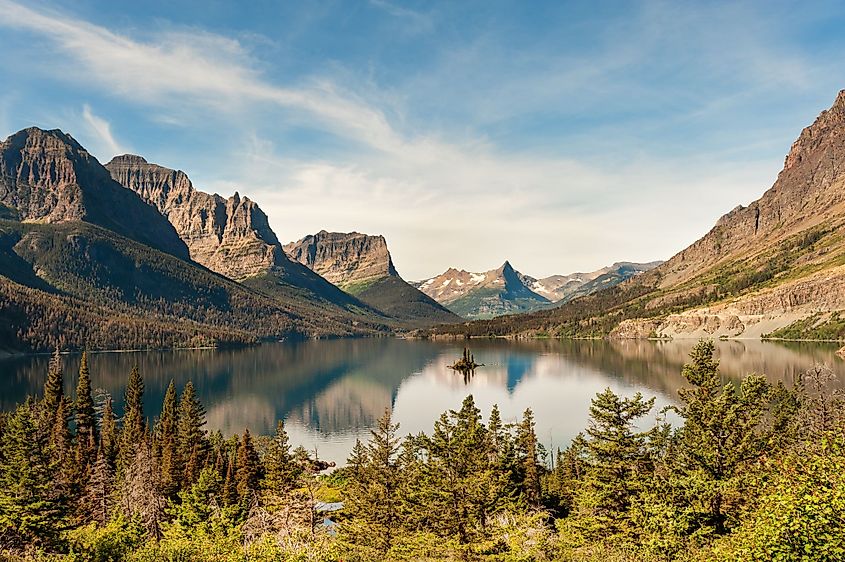
Covering a surface area of 3,923 acres, Saint Mary Lake is Glacier National Park’s second-largest lake. Located on the park’s eastern side at an elevation of 4,484 ft, the lake has a length of 9.9 miles and reaches a maximum depth of 300 ft. Surrounded by steep rising mountains on its three sides, this visually stunning lake lies about 1,500 ft higher in elevation than Lake McDonald. During winters, the lake remains covered with ice up to 4 ft thick. The Wild Goose Island, which rises 14 ft above the lake, is one of the most photographed locales along the Going-to-the-Sun Road.
Fort Peck Lake
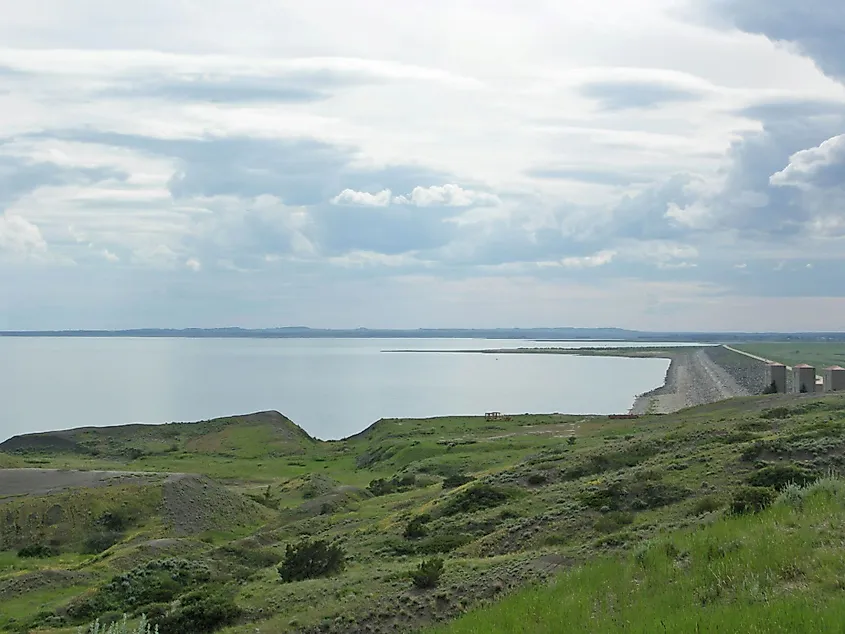
Fort Peck Lake is an artificial lake created by the construction of the Fort Peck Dam on the Missouri River. The lake is located in Montana’s eastern prairie region, about 140 miles east of Great Falls and 120 miles north of the state’s biggest city Billings. Fort Peck Lake is also the country’s fifth-largest artificial lake, with a water volume of 18,687,731 acre-feet at full capacity. Covering a surface area of 245,000 acres, the lake has a length of about 134 miles and reaches a maximum depth of 220 ft.
Fort Peck Lake receives inflows from the Missouri River, Musselshell River, Timber Creek, Dry Creek, Fourchette Creek, and Hell Creek. A significant part of the lake is surrounded by the 1,719 square mile Charles M. Russell National Wildlife Refuge, which offers fishing, camping, hiking, birdwatching, and other outdoor recreational activities. With over 27 designated recreational sites bordering its shores, Fort Peck Lake is a popular tourist destination. Various fish species, like walleye, paddlefish, lake trout, chinook salmon, northern pike, sauger, smallmouth bass, etc., are found in the lake.
The above nine lakes are among the many beautiful water bodies in the nation’s 4th largest and 8th least populous state. Each of these spectacular lakes offers unique experiences for visitors. If you ever get an opportunity to visit this mountain state, do not miss witnessing these magnificent water bodies. Whether you wish to enjoy the area’s serenity, relax by the shores, or participate in various outdoor recreational opportunities, these lakes of Montana are the perfect places to spend some time with your dear ones.



